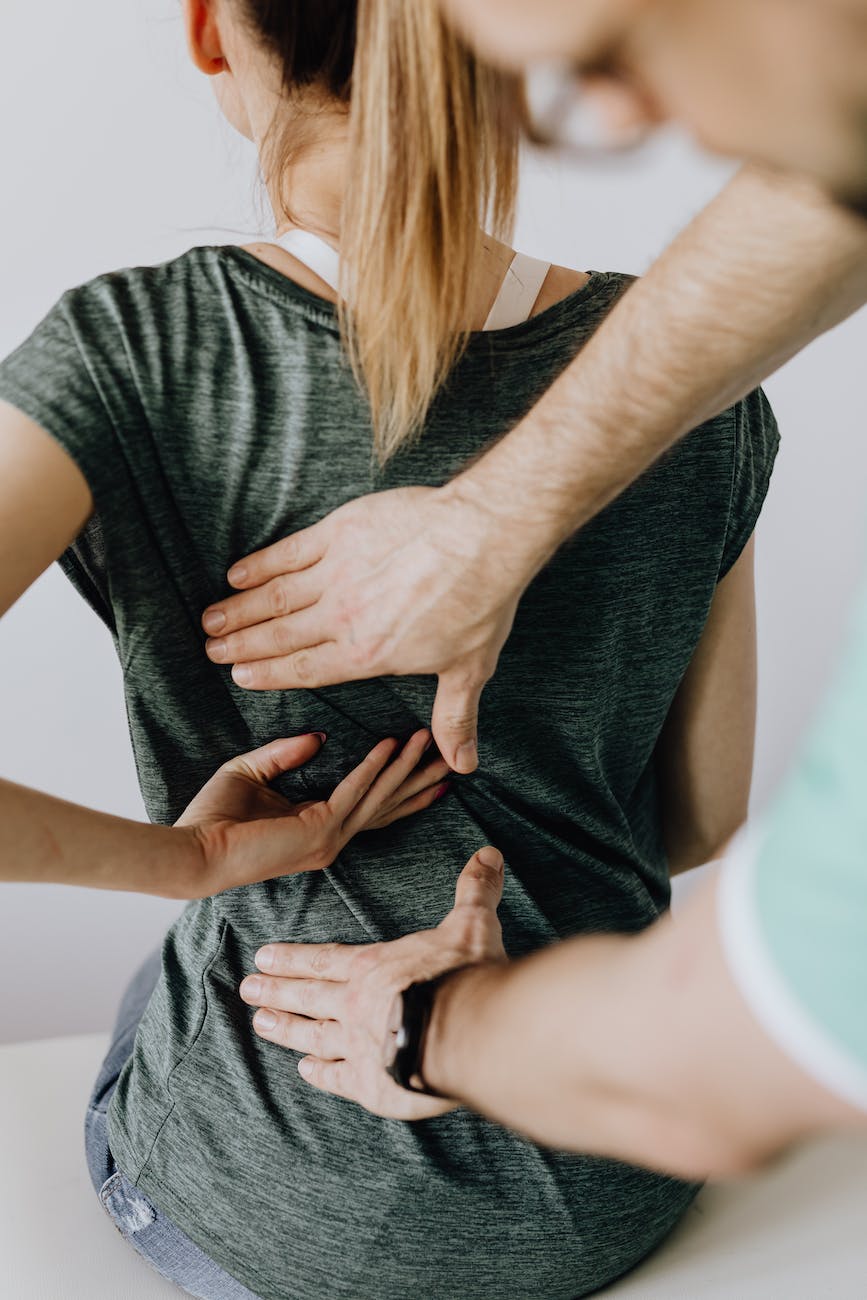
Basic First Aid Techniques: Be Prepared to Save Lives
In our unpredictable world, accidents can happen anytime, anywhere. Being equipped with basic first aid techniques is not just a skill, but a responsibility that empowers you to respond effectively in emergencies. From minor cuts to more serious situations, understanding how to provide immediate assistance can make a significant difference. In this article, we’ll delve into essential first aid techniques that could be life-saving. So, let’s get started.
Introduction
Accidents catch us off guard, but being knowledgeable about basic first aid techniques can help you stay calm and effective when someone needs your help. These techniques are designed to stabilize the injured person and prevent the situation from worsening until professional medical assistance arrives.
The ABCs of First Aid
The foundation of any first aid response lies in the ABCs: Airway, Breathing, and Circulation. Ensuring an open airway, checking for breathing, and assessing circulation are vital steps in any emergency situation.
Handling Cuts and Scrapes
Small cuts and scrapes are common occurrences. To manage them, clean the wound with mild soap and water, apply an antiseptic, and cover it with a sterile bandage to prevent infection.
Dealing with Burns
Burns can be painful and potentially serious. Run the burn under cold water for at least 10 minutes to cool the area and alleviate pain. For more severe burns, seek medical help.
Fractures and Sprains
When it comes to fractures and sprains, immobilization is key. Support the injured area with a splint and elevate it to reduce swelling. Seek medical attention to ensure proper care.
Choking Incidents
A choking person may not be able to speak or breathe. Perform the Heimlich maneuver by applying quick upward abdominal thrusts to dislodge the obstruction.
Cardiopulmonary Resuscitation (CPR)
CPR is a critical life-saving technique that combines chest compressions and rescue breaths. It helps circulate oxygenated blood when someone’s heartbeat or breathing has stopped.
Managing Shock
Shock is a severe reaction to various injuries or illnesses. Lay the person down, elevate their legs slightly, and cover them with a blanket to maintain body warmth while awaiting medical assistance.
Recognizing and Responding to Allergic Reactions
Allergic reactions can range from mild to severe. Administer antihistamines for mild reactions and use an epinephrine auto-injector for severe ones, but always seek professional help afterward.
Heat-Related Emergencies
Heat exhaustion and heatstroke can be dangerous. Move the person to a cooler place, provide water, and use cool compresses. Heatstroke is a medical emergency requiring immediate cooling and medical attention.
Fainting and Dizziness
If someone faints, lay them down, raise their legs, and ensure proper ventilation. Most fainting episodes are brief and not serious, but consult a doctor if they persist.
Seizures
During a seizure, ensure the person’s safety by clearing the area of objects. Place them on their side to aid breathing and stay with them until the seizure ends.
Nosebleeds
Tilt the person’s head forward slightly, pinch their nostrils together, and lean them forward to prevent blood from flowing down their throat. This helps control the bleeding.
Bites and Stings
Clean the affected area with soap and water, apply a cold compress to reduce swelling, and use over-the-counter pain relievers if necessary. Seek medical help for severe reactions.
Conclusion
Basic first aid techniques empower you to be a crucial responder in emergencies. By knowing how to handle common injuries and situations, you can potentially save lives and prevent complications. Remember, while these techniques are valuable, they are not a substitute for professional medical care. Always seek medical attention when needed.
How to perform CPR step by step
FAQs (Frequently Asked Questions)
- What is the most important step in first aid? The ABCs: Airway, Breathing, and Circulation are vital initial steps in any first aid situation.
- Can I use CPR on a child? Yes, CPR guidelines vary slightly for children. The technique is similar but involves modifications in compression depth and breaths.
- How do I know if a burn is severe? Severe burns are characterized by deep redness, blistering, and extreme pain. Seek medical help for these cases.
- Is it safe to remove an embedded object in a wound? No, removing an embedded object could worsen bleeding. Stabilize the object and seek professional help.
- What should I do if someone is having a seizure? Clear the area, cushion their head, and time the seizure. If it lasts more than 5 minutes or they’re injured, call for medical help.